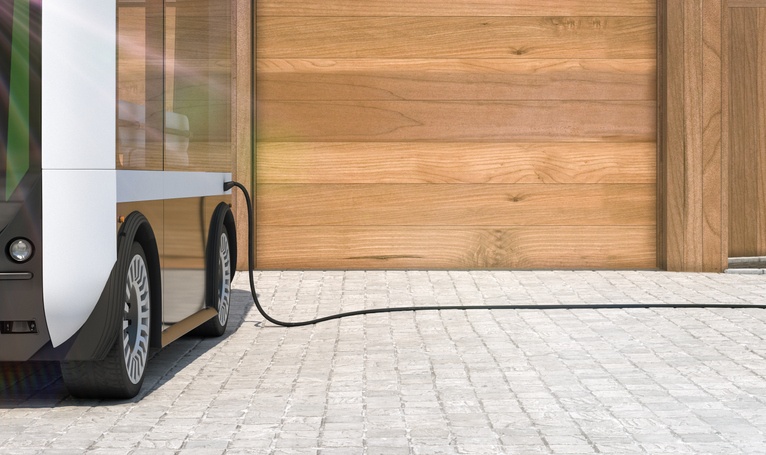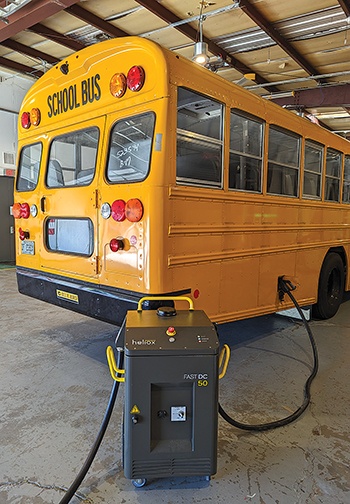
School transportation plays a pivotal role in providing reliable mobility to communities and reducing traffic congestion and pollution. The advancement of Electric Vehicle (EV) technology has now made it possible for even school buses to run their routes without gasoline, aligning with the goal of sustainable public transportation. Transitioning to electric school buses offers a multitude of benefits. However, how can school districts and transportation authorities embark on this electrifying journey? In this guide, we’ll explore the steps to electrify your school bus fleet, with a focus on evaluating existing school bus routes to choose the ones suitable for electric school bus range.
 1. Plan for the Electric School Bus Future
1. Plan for the Electric School Bus Future
Anticipating that electric school buses will constitute a significant portion of your future fleet, it’s essential to prepare your facilities for EV charging infrastructure now. Tasks like trenching, conduit installation, switchgear placement, and transformers should be considered. By addressing these elements early, you can minimize future disruptions and costs when expanding your electric bus fleet. Even if you’re starting with just a few electric school buses, plan for where your fleet will be in a decade or more.
2. Engage Your Local Utility
Transitioning to electric school buses means your local utility will play a pivotal role in providing power for your fleet. Collaborate with your utility early in the process to assess power requirements and potential upgrades needed for your site. Many utilities offer special Time of Use rates for off-peak charging, which can provide cost savings. Building a strong relationship with your utility can expedite your project and lead to long-term benefits.
3. Keep Stakeholders Engaged
Electrifying a school bus fleet involves various stakeholders, including bus manufacturers, EV charging hardware providers, software developers, site designers, and installers. Maintaining alignment and accountability among all parties is crucial. Ensure that everyone is involved throughout the project to prevent compatibility or implementation issues down the line. Collaboration and open communication are key to a successful electric school bus transition.
4. Evaluate Existing School Bus Routes
Understanding the range capabilities of electric school buses is crucial in planning their deployment. Evaluate the existing school bus routes to determine which ones fall within the electric school bus range. Calculate the distance each bus can cover on a single charge within your specific environment. This evaluation will help identify routes that can comfortably be serviced by electric school buses without requiring on-route charging.
5. Selecting AC vs DC Chargers Based on Route Analysis
In determining the appropriate charging infrastructure, route analysis is critical. Routes with shorter distances and predictable schedules may be suitable for AC (alternating current) chargers. AC chargers are often slower but more cost-effective to install. On the other hand, routes with longer distances or tight schedules may benefit from DC (direct current) fast chargers. DC chargers offer rapid charging capabilities, ensuring the buses can quickly recharge during breaks or at the depot, enabling efficient operations.
By following these steps and focusing on evaluating existing school bus routes to determine the best fit for electric school bus range, you can set your school district or transportation authority on the path toward sustainable and efficient student transportation. Electric school buses not only benefit the environment but also contribute to safer and quieter neighborhoods, creating a better future for our communities.
Heliox provides world-class EV charging and smart energy management solutions that are tailored and scalable within a fast-changing e-mobility landscape, working towards a sustainable world where a seamless charging experience is the standard for everyone. Founded in 2009, Heliox is a market leader in fast charging systems for public transport, e-trucks, marine, mining and port equipment. Visit www.heliox.com for more information.


